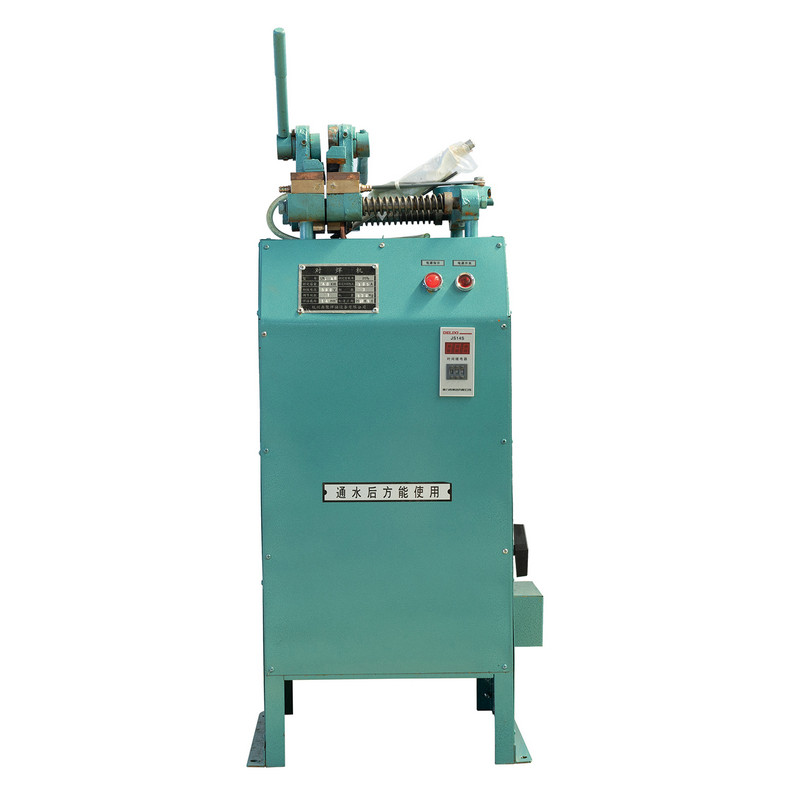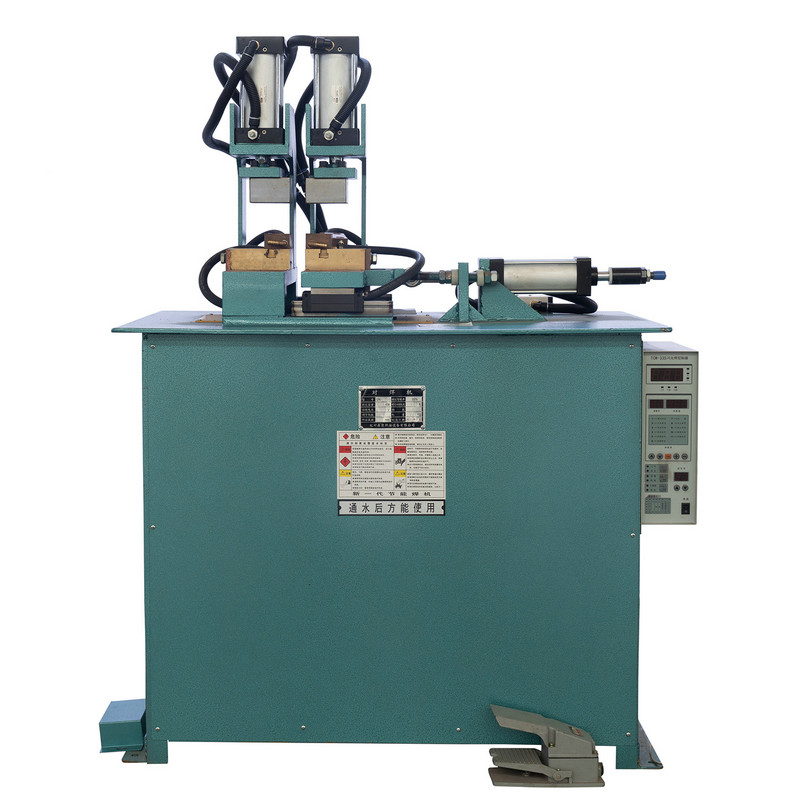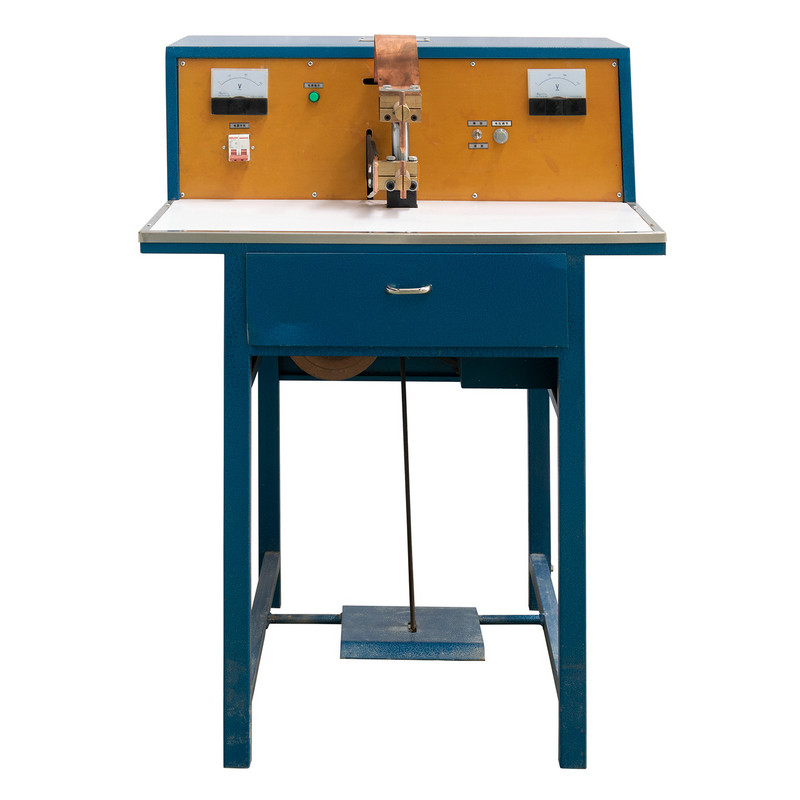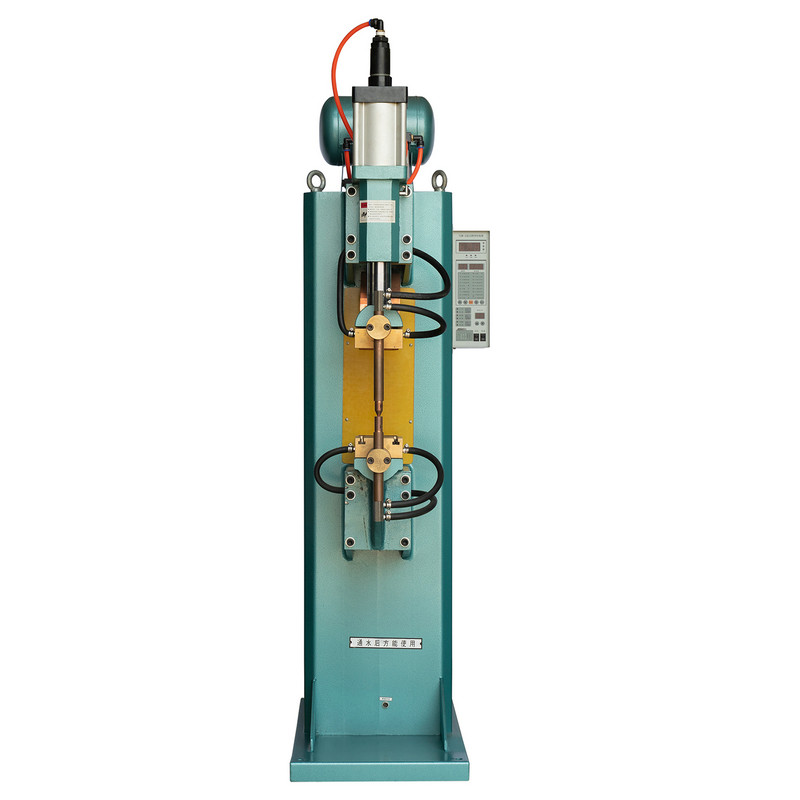The reinforced butt welding machine is a critical piece of equipment in metal fabrication, construction, and pipeline industries. It is designed to join metal components with high precision and strength, ensuring structural integrity. However, improper use can lead to severe accidents, including electric shocks, burns, fires, and exposure to hazardous fumes. To mitigate these risks, operators must follow strict safety protocols.
Personal Protective Equipment (PPE)
When operating a reinforced butt welding machine, wearing appropriate PPE is non-negotiable. The intense heat, sparks, and UV radiation generated during welding pose significant hazards. A welding helmet with an auto-darkening filter is essential to protect the eyes from arc flash, which can cause permanent damage. Heavy-duty flame-resistant gloves should be worn to prevent burns, while a leather apron or welding jacket shields the body from molten metal splatter. Safety boots with metatarsal guards protect against falling objects, and hearing protection may be necessary in high-noise environments.
Respiratory protection is equally important, especially when welding materials that emit toxic fumes, such as galvanized steel or stainless steel. A properly fitted respirator with appropriate filters should be used in poorly ventilated areas. Additionally, ensuring that clothing is free from flammable materials like synthetic fabrics reduces the risk of fire-related injuries.
Pre-Operational Safety Checks
Before using a reinforced butt welding machine, a thorough inspection must be conducted to ensure all components are in optimal condition. The welding cables and connectors should be checked for fraying or exposed wires, as damaged insulation can lead to electrical hazards. The grounding clamp must be securely attached to a clean, unpainted metal surface to prevent erratic current flow.
The welding machine’s cooling system, if applicable, should be inspected for leaks or blockages to avoid overheating. Electrodes and welding tips must be free from contamination, as impurities can cause unstable arcs or spatter. Furthermore, verifying that the workpiece is clean and properly aligned reduces the likelihood of defects that could compromise weld strength.
Safe Operational Practices
During operation, maintaining a safe workspace is crucial. The area around the reinforced butt welding machine should be clear of flammable materials, including solvents, paper, and wood. A fire extinguisher rated for electrical and chemical fires must be readily accessible. If welding is performed in a confined space, proper ventilation or exhaust systems must be in place to prevent the accumulation of hazardous gases.
Operators should never bypass safety features such as thermal overload protection or emergency stop switches. The welding current should be set according to the material thickness and type, as excessive amperage can lead to equipment failure or unsafe welding conditions. Additionally, maintaining a stable stance and keeping a firm grip on the welding torch prevents accidental slips that could result in burns or injuries.
Post-Welding Safety Measures
Once welding is complete, allowing the workpiece and equipment to cool before handling prevents burns. Hot metal should be marked with warning signs or placed in a designated cooling area. The reinforced butt welding machine should be powered down, and electrodes or filler materials stored properly to avoid contamination.
Residual fumes and dust should be cleared using ventilation systems or natural airflow before leaving the workspace. Inspecting the weld for cracks or irregularities ensures structural soundness, reducing the risk of future failures. Any waste materials, such as used electrodes or metal shavings, must be disposed of according to environmental regulations.
Emergency Preparedness
Despite precautions, accidents can still occur. All personnel working with a reinforced butt welding machine should be trained in first aid, particularly for burns, electric shock, and fume inhalation. Emergency eyewash stations and first-aid kits must be accessible near the welding area. In case of an electrical fire, a Class C fire extinguisher should be used, while water-based extinguishers must be avoided due to conductivity risks.
If a worker suffers an electric shock, the power source must be disconnected immediately before administering aid. For severe burns, cooling the affected area with clean, lukewarm water and seeking medical attention is critical. Establishing an emergency response plan and conducting regular drills ensures that all personnel know how to react in hazardous situations.
Operating a reinforced butt welding machine safely requires a combination of proper equipment, diligent pre-checks, cautious operation, and emergency readiness. By adhering to these safety precautions, workers can minimize risks and maintain a productive, accident-free environment. Continuous training and adherence to industry standards further reinforce safe welding practices, ensuring both personnel safety and high-quality weld outcomes.









